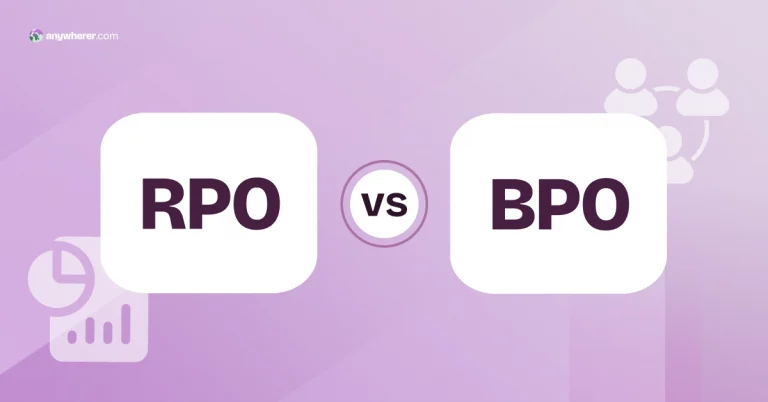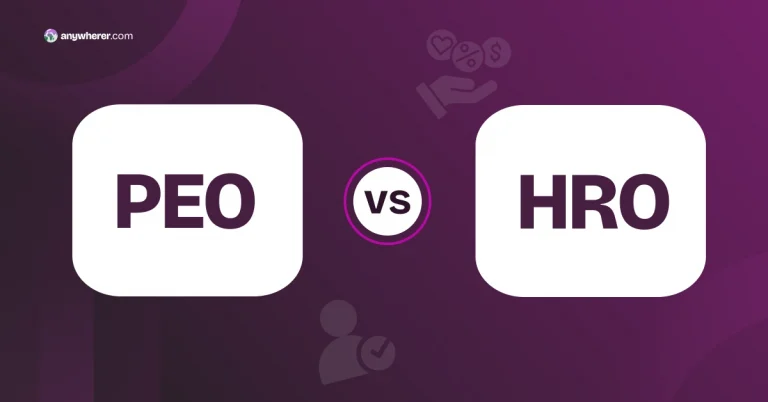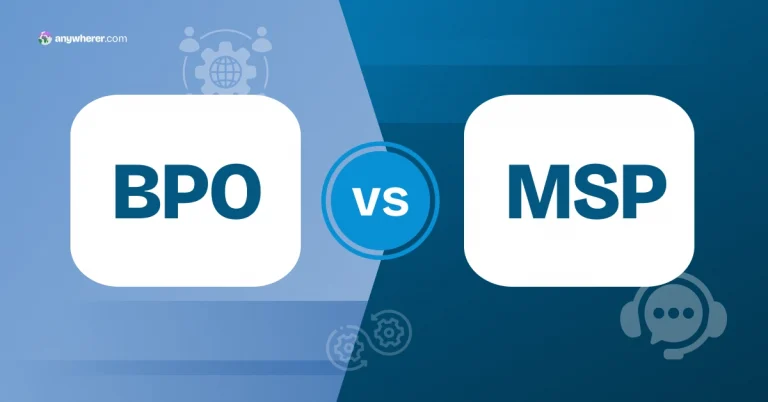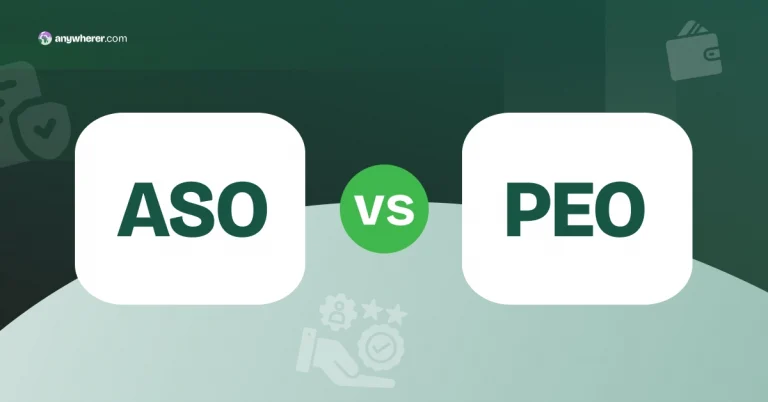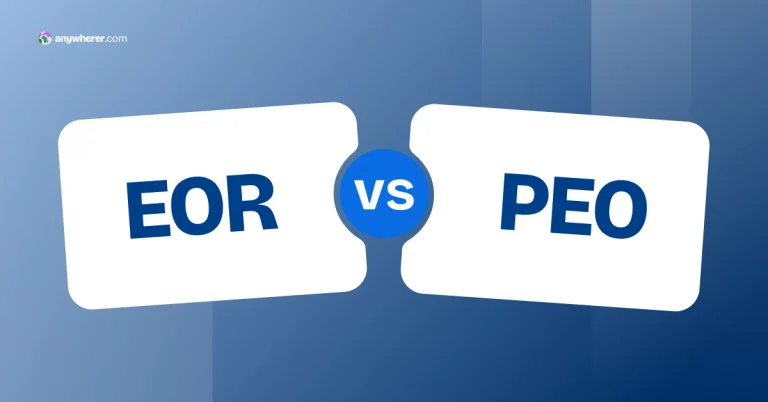MSP vs RPO Explained
When you hear “MSP,” your mind probably goes straight to IT. That’s fair – managed services provider definition often points to tech stuff like outsourced IT support or managing cloud infrastructure.
But here’s where it gets interesting: MSPs aren’t just about IT.
So why are people talking about MSP vs RPO in the world of hiring? Aren’t they apples and oranges?
Well, not exactly. In workforce solutions, MSPs actually have a different hat to wear – they help companies manage external workers like contractors, freelancers, and temporary staff. RPOs, meanwhile, focus on full-time employees and handle the outsourcing recruitment process.
Same goal – getting the right people on board – but they go about it in very different ways.
In this article, we’ll walk through RPO and MSP meaning, how each model works, when it makes sense to use one over the other, and how to tell which fits your hiring needs better. Let’s break it down.
RPO Meaning, Functions, and Cost Factors
Before we jump into comparing the two models head-to-head, let’s take a closer look at what each one actually does. First up – RPO and MSP meaning, and then, we’ll head onto their purposes and pricing structures.
RPO Definition
RPO stands for Recruitment Process Outsourcing. It’s when a company hands over all or part of its hiring process to an external partner. This partner becomes an extension of the internal HR team, helping to attract, screen, and hire full-time employees. Whether it’s filling 5 roles or 500, RPO providers work closely with the business to understand its culture, goals, and long-term hiring plans.
RPO Core Functions
End-to-End Recruitment
Employer Branding and Recruitment Marketing
Sourcing and Interviewing Permanent Candidates
Recruitment Analytics and Reporting
Compliance with Hiring Regulations
Workforce Planning and Talent Strategy
RPO Cost
When it comes to RPO cost, providers often charge a fee per hire or a monthly subscription, depending on the scope. While not necessarily “cheap,” RPO can lower the cost-per-hire and reduce time-to-fill, especially for high-volume or hard-to-fill roles. Other pricing models, like project-based and consulting fees, also apply.
Understanding MSP: Definition, Services, and Pricing
MSP Definition
An MSP, in the world of workforce solutions, helps businesses manage their contingent workforce, that includes contractors, freelancers, temporary staff, and sometimes even SOW (Statement of Work) consultants. MSPs don’t recruit directly, they manage how recruiting happens across various vendors and make sure everything runs smoothly.
MSP Core Functions
Vendor and Supplier Management
Rate Negotiation and Cost Control
Compliance and Risk Mitigation
Workforce Visibility and Reporting
Technology Integration
Centralized Invoicing and Billing
MSP Cost
In the MSP RPO debate, MSPs typically work on a management fee or markup model, where they earn a percentage of the spend on contingent labor. The goal is to bring down overall labor costs while streamlining operations across multiple staffing agencies.
What Is the Difference Between MSP and RPO?
Comparison Factor
MSP
RPO
Primary Focus
Contract and contingent workforce
Full-time hires
Service Scope
Vendor and workforce program management
End-to-end recruitment
Client Control
More hands-off, process-focused
Shared hiring strategy
Scalability
Designed for high-volume, agile needs
Flexible to ramp hiring up/down
Talent Type
Temporary, freelance, contract roles
Permanent employees
Talent Lifecycle Focus
Short-term/project-based management
Long-term hiring and retention
Risk Management
Compliance with labor laws & vendors
Compliance with hiring regulations
Good Fit for
Companies managing lots of external staff
Companies scaling internal teams
Key MSP vs RPO Recruitment Differences
Now that we’ve defined MSP and RPO, let’s dig into where they really start to diverge. RPO and MSP solutions serve different needs. And it becomes crystal clear when you look at the way they operate across four main areas.
Recruitment Ownership and Responsibility
What is the difference between RPO and MSP when talking about responsibility over people and processes?
In the former, the provider becomes an extension of your internal HR team. They take ownership of the recruitment process, from defining job roles to onboarding. RPOs are often embedded into your company culture and align closely with your employer brand. You’ll collaborate with them on strategy, but they’re doing the heavy lifting when it comes to execution.
RPO: Recruitment Ownership and Responsibility
Ownership of Hiring
Strategic Integration
Vendor Coordination
Takes full responsibility for the recruitment process
Works closely with your internal HR team
Doesn’t rely on staffing vendors
With an MSP, you’re outsourcing the management of external staffing, not the actual recruiting. The MSP oversees how vendors deliver talent but doesn’t usually recruit directly. You stay more removed from day-to-day hiring decisions, while the MSP ensures suppliers stick to the process, pricing, and compliance rules.
MSP: Recruitment Ownership and Responsibility
Ownership of Hiring
Strategic Integration
Vendor Coordination
Does not directly handle candidate recruitment
Operates externally from HR
Manages multiple staffing suppliers
Recruitment Tools and Technology
What’s the difference between RPO and MSP in terms of best practices?
RPO providers typically use or integrate with an Applicant Tracking System (ATS) to manage your pipeline of full-time candidates. They may also bring in tools for employer branding, candidate engagement, and recruitment analytics. In many cases, they tailor the tech stack to your needs and collaborate with your HRIS team.
RPO: Recruitment Tools and Technology
ATS Integration
HR System Alignment
Vendor Tech Oversight
Uses ATS for full-time recruitment workflows
Seamlessly works with internal HR tech stack
No need for vendor management tools
MSPs lean heavily on Vendor Management Systems (VMS) to track contingent labor spend, manage staffing suppliers, and ensure process compliance. Their tools are built more for coordination, rate negotiation, and centralized invoicing than for direct candidate engagement.
MSP: Recruitment Tools and Technology
ATS Integration
HR System Alignment
Vendor Tech Oversight
Doesn’t typically use applicant tracking tools
Works outside internal HR systems
Uses VMS to manage vendors and contingent labor
Sourcing Strategy and Channels
And what is RPO and MSP recruitment like in terms of hiring approaches?
RPOs take a strategic, brand-first approach to sourcing. They focus on attracting the right full-time talent using employer branding, job boards, databases, referrals, and social recruiting. Since they often represent your company directly, they also work to position your organization as an employer of choice.
RPO: Sourcing Strategy and Channels
Direct Talent Sourcing
Employer Brand Focus
Supplier-Driven Hiring
Actively finds and engages full-time candidates
Promotes your company as an employer of choice
Doesn’t rely on external staffing vendors
MSPs don’t usually source talent directly. Instead, they manage the vendors that do. That means the sourcing strategy is more about ensuring the suppliers are following agreed processes and hitting SLAs (service level agreements), rather than engaging talent themselves.
MSP: Sourcing Strategy and Channels
Direct Talent Sourcing
Employer Brand Focus
Supplier-Driven Hiring
Relies on vendors to source and deliver talent
No direct involvement in employer branding
Coordinates staffing agencies to meet hiring needs
RPO and MSP Scalability in Recruitment Operations
Integrated RPO and MSP providers are quite similar in this aspect.
RPOs are designed to scale up or down with your full-time hiring needs. Whether you’re hiring for a new location or ramping down after a major recruitment cycle, they can adjust the size of the team and the services you use. It’s a flexible model that works well for growth, seasonal spikes, or hiring freezes.
RPO: Scalability in Recruitment Operations
Hiring Flexibility
Internal Expansion Fit
Project-Based Efficiency
Can scale up or down based on hiring volume
Ideal for growing internal teams
Less optimized for short-term or contract roles
MSPs thrive in high-volume contingent labor environments. Their systems and processes are built to handle lots of vendor requests and worker onboarding without bottlenecks. So if you suddenly need hundreds of temp workers across regions, MSPs can coordinate it all without blinking.
MSP: Scalability in Recruitment Operations
Hiring Flexibility
Internal Expansion Fit
Project-Based Efficiency
Designed for high-volume, short-term hiring needs
Not focused on full-time team growth
Well-suited for bursts in contingent labor demand
When to Choose RPO vs MSP: Which One Fits Your Hiring Goals?
Both RPO and MSP services offer great value, but only if you’re applying them in the right context. Think of it like choosing between a full-time employee and a freelancer: it depends on the job, timeline, and long-term goals.
Here’s a breakdown of the most common RPO MSP hiring scenarios and which model is built to handle each one.
MSP vs RPO: Best Model for Different Scenarios
Scenario
Best Model
Why?
Expanding into a new market with permanent hires
RPO
Aligns with long-term hiring strategy and builds local talent pipelines
Scaling a contingent workforce across multiple countries
MSP
Designed to manage complex, global vendor ecosystems and ensure compliance
Building out a permanent team for a product launch
RPO
Supports structured, brand-aligned full-time hiring under tight timelines
Seeking cost control and compliance in contract hiring
MSP
Optimizes vendor spend and enforces consistent rate structures
Urgent hiring for a short-term project
MSP
Quickly deploys contingent labor through existing supplier networks
Improving quality of full-time hires at scale
RPO
RPO managed services use targeted sourcing, branding, and process control to lift hire quality
High-volume seasonal recruitment
MSP
Ideal for ramping contingent labor up/down on demand
Centralizing recruitment operations across multiple business units
RPO
Standardizes hiring processes and reporting for consistency across the organization
Managing multiple staffing vendors with inconsistent results
MSP
Consolidates vendor relationships and performance tracking
Reducing internal HR load while improving hiring outcomes
RPO
Acts as an extension of the HR team, easing internal strain
Leading Providers of MSP and RPO Services
By now, you probably have a good grasp of the RPO and MSP difference. You’ve seen how MSP/RPO solutions can complement each other depending on whether you’re hiring permanent employees or managing a contingent workforce. But who actually delivers these services?
When people ask, “what is MSP and RPO?”, the next logical question is: who are the major players in this space? Understanding the difference between RPO and MSP is only half the battle – you also need to know which companies excel at delivering these solutions.
In this section, we’ll walk you through some of the top RPO companies and trusted MSP services. We’ll also highlight providers that offer both models in one integrated package, helping you simplify vendor management. We formed these lists based on information from resources like Clutch, G2, and SHRM, and analyzed what services the providers offer.
Prominent MSP Providers

Offers comprehensive contingent workforce management, leveraging advanced analytics and a vast supplier network to optimize talent acquisition.

MSP services focusing on administrative and light industrial staffing solutions, ensuring quick and efficient talent placement.

Delivers MSP services that streamline vendor management and ensure compliance across various industries.

MSP programs that emphasize compliance, cost control, and scalability, catering to diverse sectors including manufacturing, finance, and healthcare.

A staffing MSP that offers turnkey solutions for compliance management.
Notable RPO Providers

Known for its global compliance expertise, hiring support hiring in 100+ countries, localized contracts, and efficient automated compliance

Delivers data-driven RPO services that align talent acquisition with business strategy.
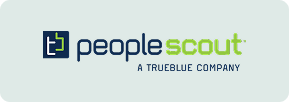
Scalable RPO solutions, combining innovative technology with deep market insights to meet diverse recruitment needs.

With over 16 years of recognition in the industry, it offers flexible RPO services that adapt to the evolving needs of businesses worldwide.

Serves a wide range of industries, focusing on delivering quality hires efficiently.
Distinguished Providers of MSP and RPO Services

A global leader, it offers tailored recruitment strategies and vendor management programs. Organizations get help optimizing their talent acquisition processes.

They focus on making the workforce more agile and efficient. For this, they use innovative talent acquisition strategies and vendor management solutions.

Their approach combines advanced technology with deep industry expertise to deliver effective recruitment and contingent workforce management.

End-to-end workforce solutions. This company encompasses permanent recruitment and contingent workforce management.

Global RPO and MSP services, specializing in the energy and engineering sectors. They manage both permanent and contingent workforce needs, ensure compliance, and help keep international staff efficient.
Final Thoughts: Choosing Between MSP vs. RPO
So, here’s the bottom line: the difference between MSP and RPO really depends on what kind of talent you’re after – and how hands-on you want to be.
If you’re looking to build out your full-time team and boost your employer brand, RPO is probably your new best friend. But if you’re juggling contractors, freelancers, or temp workers and just want someone to take that chaos off your plate, MSP is the way to go.
Lots of companies use both. RPO for permanent hires, MSP for contingent roles. It’s not about picking sides in the RPO/MSP showdown, it’s about finding the combo that works best for your business.
FAQs about the RPO MSP Difference
What is the main difference between an MSP and an RPO?
Think of it like this: RPO takes care of full-time hires, MSP – contract and temporary talent. So, the former helps you build your internal teams and the other manages your external workforce and staffing vendors.
Who manages vendor relationships in an RPO vs an MSP?
In an MSP, managing vendor relationships is the primary job – they act as the bridge between your company and staffing suppliers. And as for RPO, vendor management usually isn’t a focus, since the provider works directly to source and hire full-time talent for you.
Are MSPs only for IT roles or contingent labor?
Not at all! MSPs started in IT but now work across just about every industry – finance, healthcare, manufacturing, retail – you name it. Their real focus? Contingent labor, no matter the sector.
What technologies do MSPs and RPOs typically use?
RPOs won’t do without Applicant Tracking Systems (ATS). This helps manage permanent candidate pipelines and enhance candidate experience. And MSPs rely on Vendor Management Systems (VMS) to track contingent workforce spend, manage suppliers, and ensure compliance across vendors.
What’s the impact of each model on candidate experience?
RPO providers are big on candidate experience, they help fine-tune your employer brand and guide candidates through the journey. MSPs focus more on making the vendor process smooth and cost-effective. The staffing suppliers they manage handle most of the candidate experience.
What’s the difference between BPO vs MSP?
As we talk about outsourcing, BPO often pops up in the same conversation as MSP. They sound similar but do very different things.
BPO (Business Process Outsourcing) means handing off entire business functions to an external provider. Think customer service centers, payroll processing, accounting, or HR administration. You’re outsourcing the whole operation so your internal team doesn’t have to manage it.
MSP, on the other hand, doesn’t run whole departments. Instead, it focuses specifically on managing your contingent workforce (contractors, freelancers, temp staff). The MSP acts as the middleman between your company and the multiple staffing agencies you work with.
Explore MSP vs RPO differences to learn which one is most suitable to fill your needs.

Yaryna is our lead writer with over 8 years of experience in crafting clear, compelling, and insightful content. Specializing in global employment and EOR solutions, she simplifies complex concepts to help businesses expand their remote teams with confidence. With a strong background working alongside diverse product and software teams, Yaryna brings a tech-savvy perspective to her writing, delivering both in-depth analysis and valuable insights.

